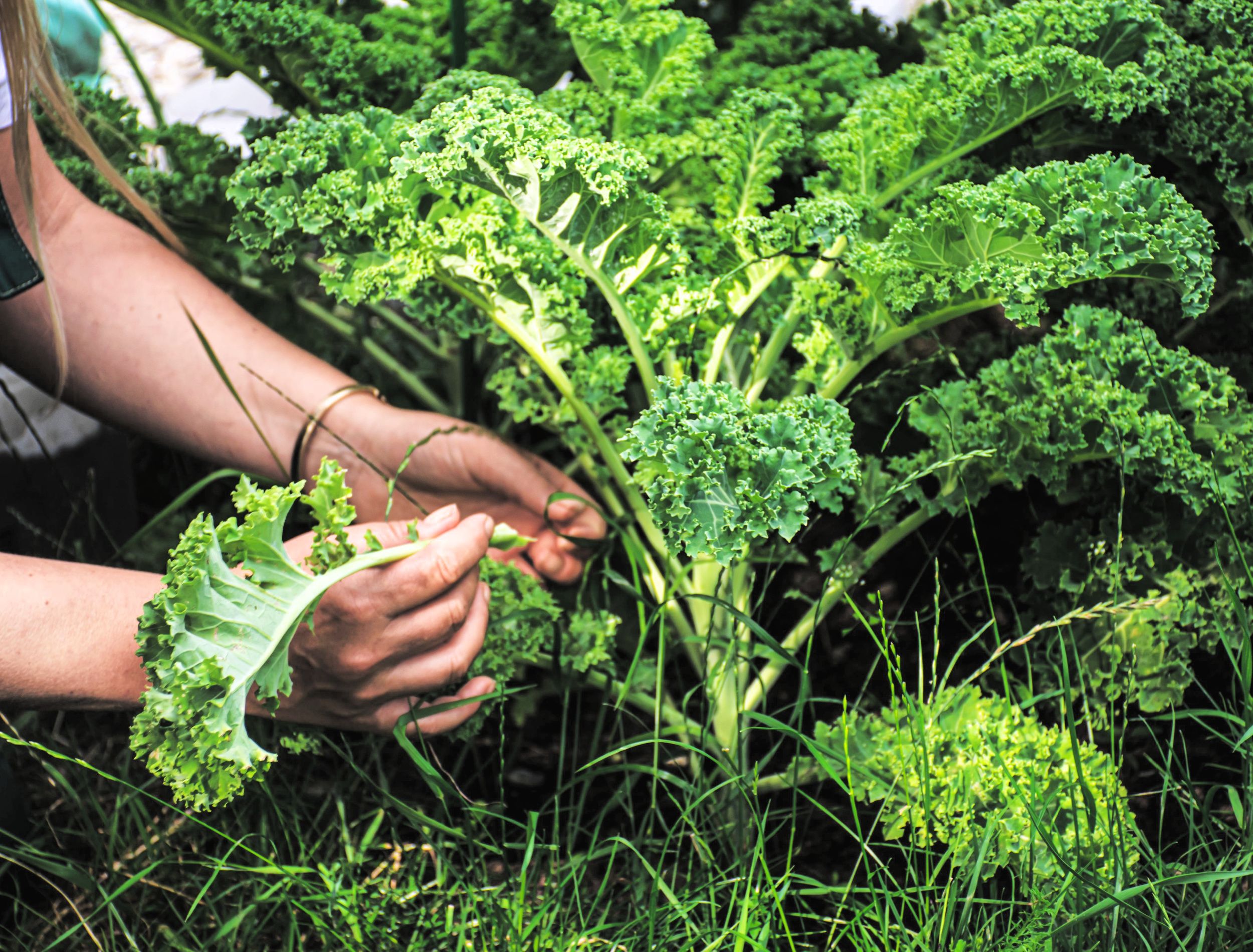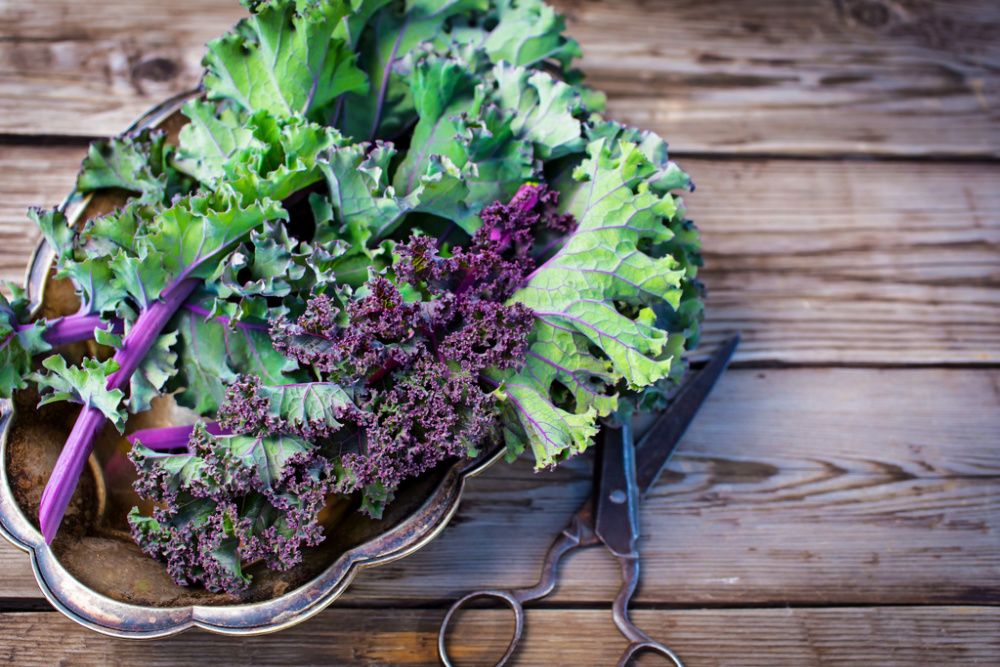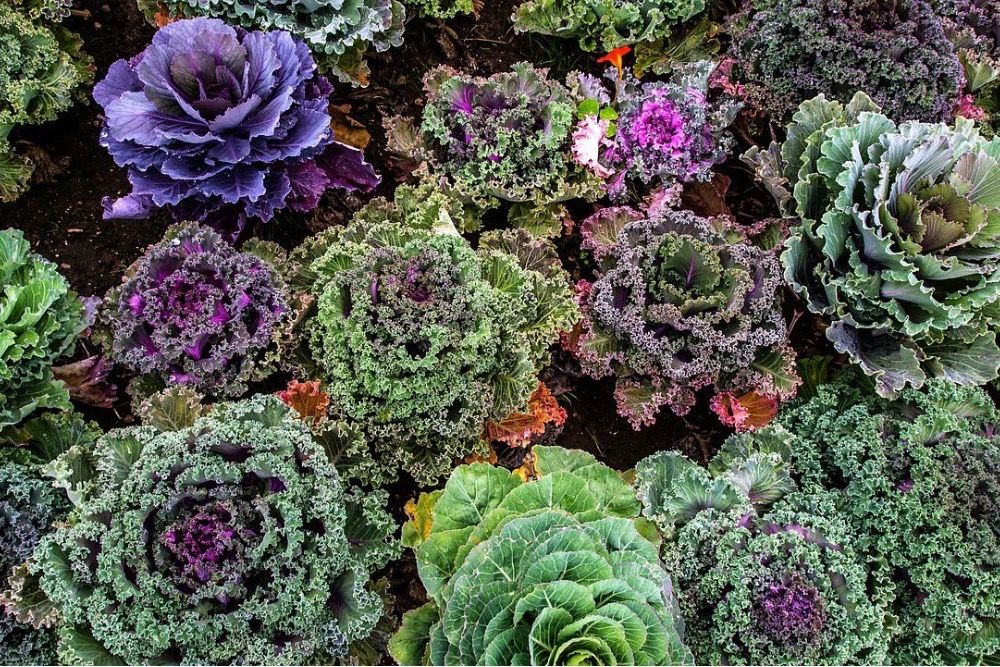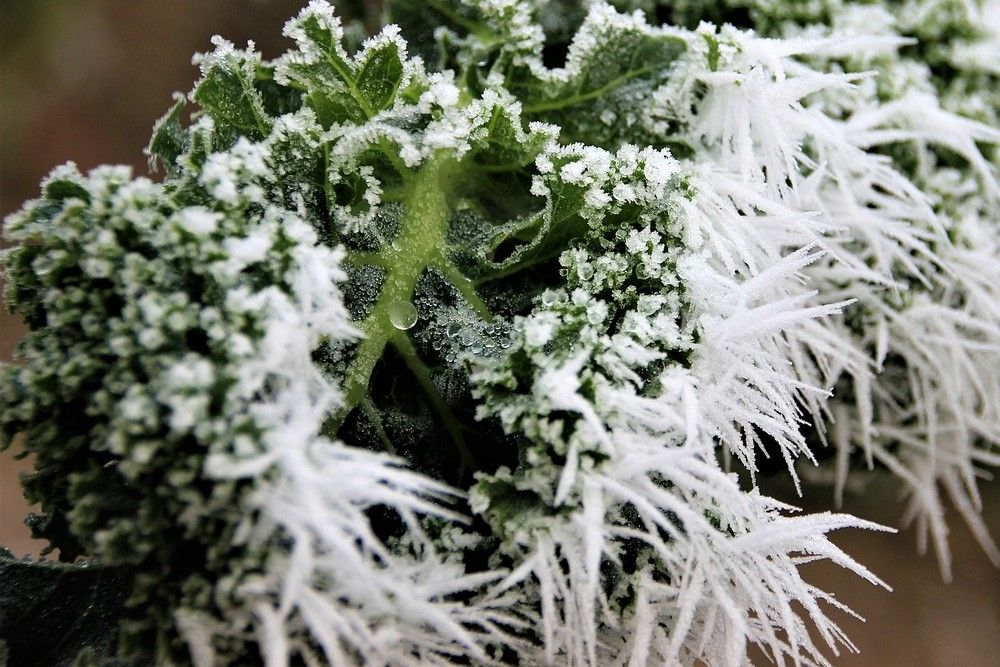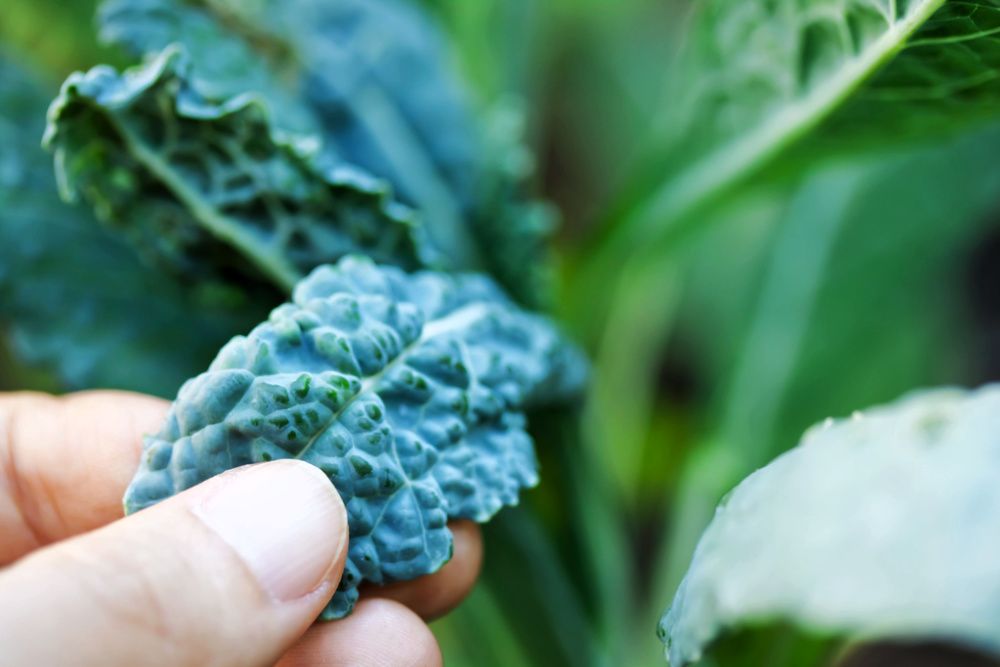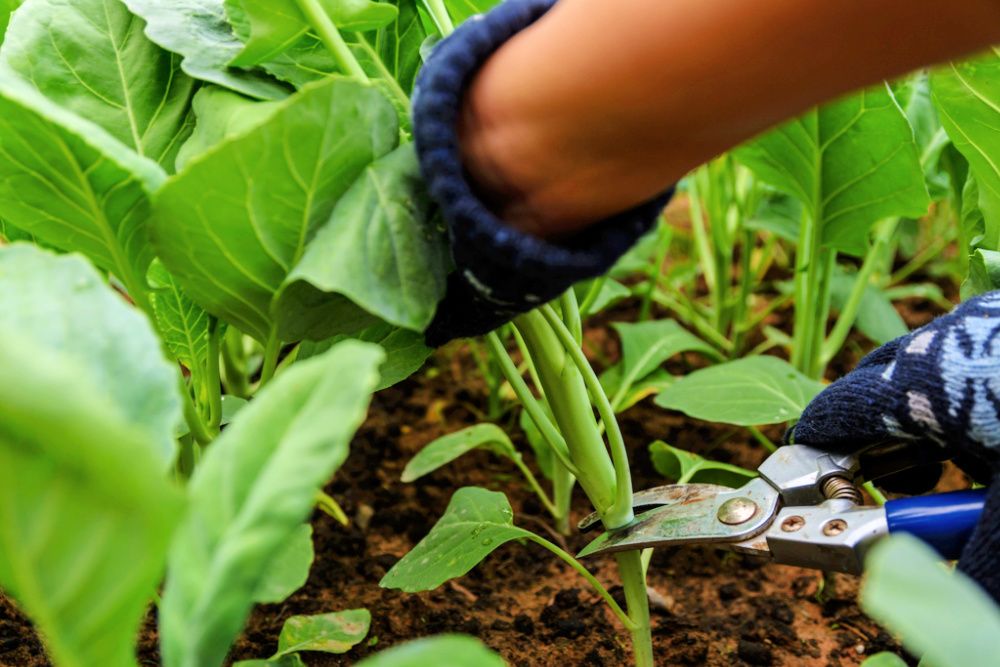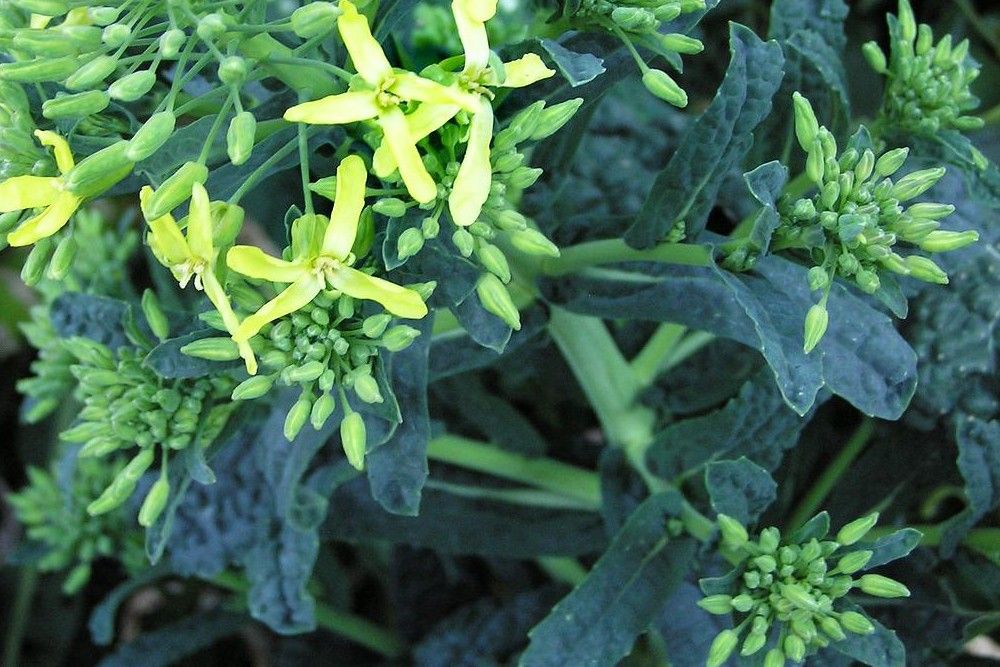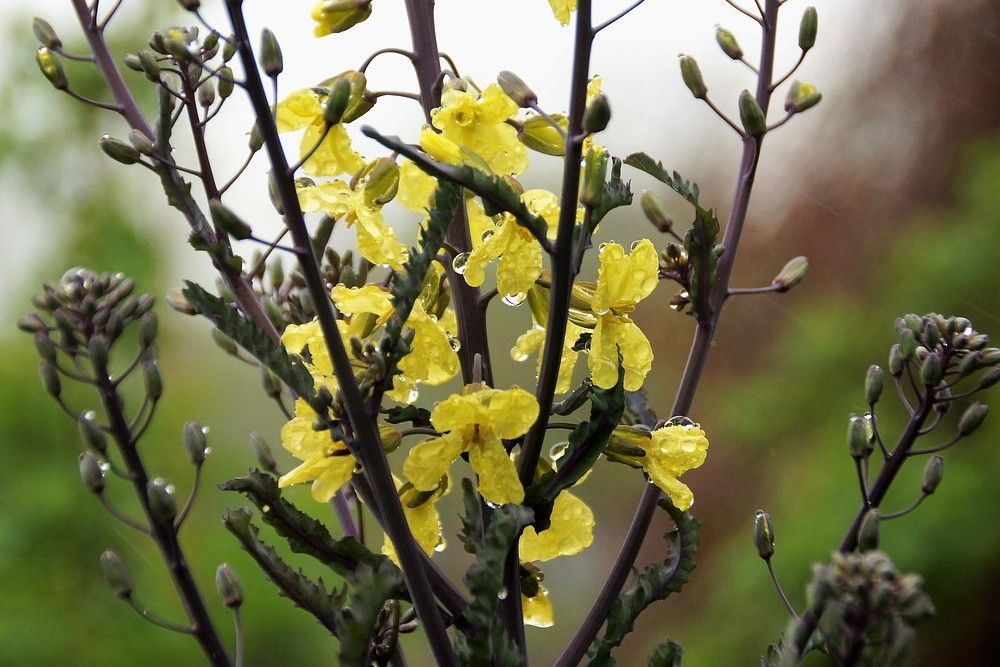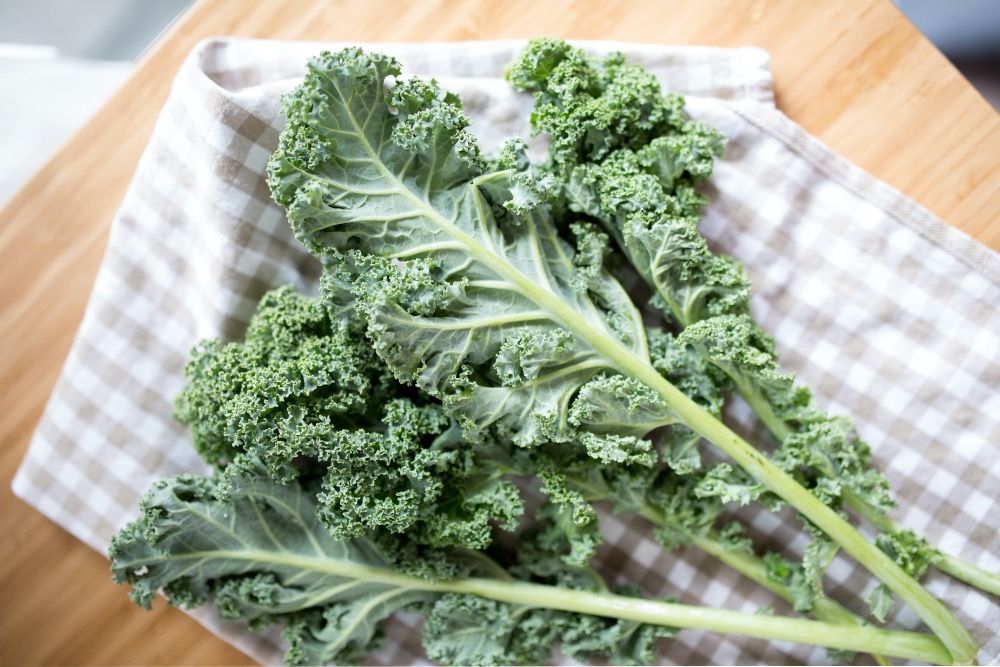Kale is a healthy leafy green packed with vitamins A, B6, K, calcium, and a range of other nutrients. Did you know one serving of kale has over 500 percent of the daily value of Vitamin K? It’s no wonder this cabbage is becoming increasingly popular to grow.
There are, however, mixed reviews about how this veggie tastes. If you’re not a fan of kale, it could be because it tends to be bitter. When you grow and harvest your own kale, there are a few tricks to follow to ensure sweeter greens.
Here’s how to harvest kale.
Materials Needed
Image credits: yingko via Shutterstock
Before you start harvesting kale, you’ll need some tools, including:
- Pruning shears or scissors
- Paper bag
- Knife
- Colander
What is Kale?
Image credits: Jacky Delville via Pixabay
Kale is a member of the Brassica family, related to cabbage, brussels sprouts, and collard greens. It is one of the most cold-hardy vegetables, making it easy to grow in cooler climates. There are many varieties to choose from: lacinato kale, red Russian kale, Siberian kale, and curly kale. Be sure to select one suitable for your region, as some are more tolerant of cold climates than others.
Growing Kale
Image credit: Martaposemuckel via Pixabay
Kale is a cool season crop that is capable of withstanding frosts. It can thrive in the spring or fall, but if you live in a hot climate, plant it in the fall for the best performance. A light frost can actually enhance the flavor by increasing the sugar content, making the leaves less bitter.
Kale is easy to grow from seed, and you can sow it directly into the garden. Plant in full sun to partial shade, in fertile, well-draining soil. To thrive, kale needs regular watering and fertilizer. Like other leafy greens, their shallow roots help them grow fast. If regularly harvested, they will continue to produce throughout the season.
When to Harvest
Image credits: TierneyMJ via Shutterstock]
If you'd like, you can begin harvesting kale as soon as the leaves start to form, usually about 25 days. Baby kale, and other baby leafy greens, is sweet and delicious. This is also a great way to thin out your plants (especially if they are getting crowded). Removing the outer leaves encourages new growth.
If you'd like to wait until your leaves are mature to harvest them, leaf color is the best indicator of their maturity. They should be rich, bright green. The smaller, younger leaves in the center will be a lighter color. The leaves should also feel firm and be about the size of your hand. If you leave them too long, they can become tough and bitter. Kale can grow pretty fast, so harvest regularly to maximize yields.
How to Harvest
Image credits: Lee Dong Hook via Shutterstock
Harvest kale greens using pruning shears or scissors to avoid causing damage to the root of the plant. Cut the outer leaves from the plant, keeping the central portion intact. This is where new leaves form. A good rule of thumb is to cut back ⅓ of the plant at a time.
Though many gardeners grow kale as an annual, kale is a biennial. So if you are able to overwinter it in your climate, you can harvest from one plant for up to two years. That's a lot of greens!
You can also harvest the whole plant if you'd like. Cut the plant's stem near the soil to avoid harming nearby roots.
How to Harvest Bolting Kale
Image credit: Buntysmum via Pixabay
Once kale flowers, the leaves will turn bitter. Since kale is a biennial, this shouldn’t happen until the second year. However, if you planted your crops in early spring, you may experience bolting earlier than expected.
If this happens, harvest as many leaves as possible while they are still edible. You can also harvest and eat the flowers. Once your kale has bolted, the plant’s lifecycle is over, and you’ll need to replant to get more leaves.
How to Harvest Seeds
Image credit: ivabalk via Pixabay
Once the flowers fall off, long green seeds form on the stalks. Wait until they start to dry out, turning a brown color before harvesting. Cut the stalks and place them upside down in a brown paper bag until the seeds have fully dried. Shake the seeds free of the stem, and place them in a dry, cool container for storage.
How to Store Kale
Image credits: Laura Johnston via Unsplash
Kale, like other leafy greens, is highly perishable once picked. In the fridge, it will stay good for 10 to 14 days. Store in an airtight container in the crisper.
For long-term storage, consider freezing kale. It can keep for up to eight months in a deep freezer. Remove the leaves from the stems with a knife or by hand. Then, blanch and dry the leaves before freezing them on a baking sheet for a couple of hours. Once they're frozen, you can keep them in a freezer bag. Frozen kale is excellent for adding to smoothies, soups, or pasta.
Harvest All Year
Kale is easy to grow in most climates. Even in areas with snow, you can grow kale in cold frames or greenhouses. If you live in a hotter climate, kale will do best when planted in the fall. When given the right conditions, kale will continue to produce year-round.
Are you growing kale this year? How’s the harvest? Share in the comments below!

